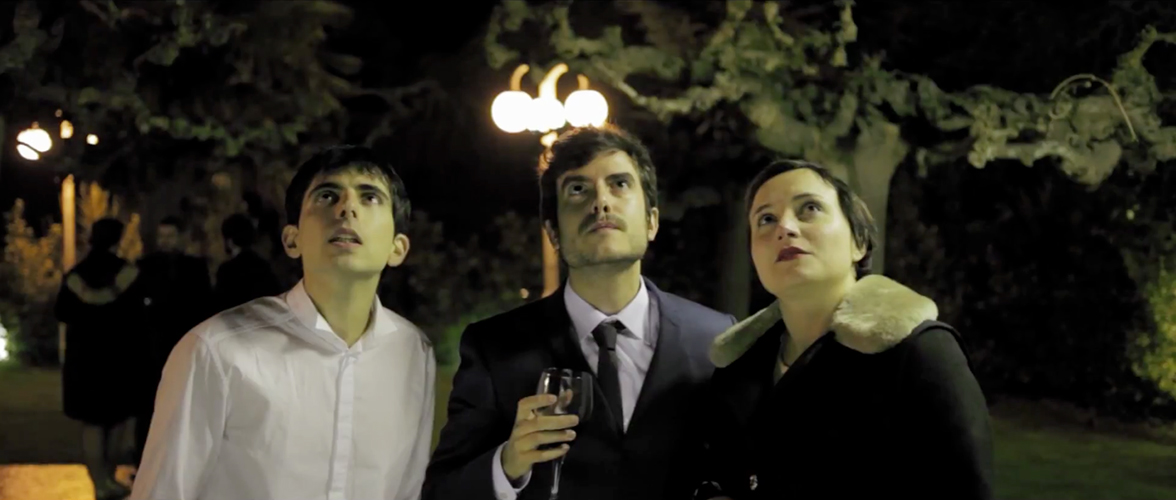
Now Ezequiel Romero, one of the directors, tells us about his movie "Nova":
Nova was a kind of experiment —it was shot in just 24 hours, and all the dialogue was improvised. I had this idea of a world that first celebrates beauty and then slowly dies as the light from a distant supernova reaches it. To film an entire hour of footage in a single day, we split the crew into two teams, each following one of the main characters. We used Canon 5D cameras simply because they were cheap and readily available.
The cinematography in Nova was completely incidental —it emerged from the efforts of our directors of photography to achieve a professional or semi-professional look with zero budget and almost no lighting. We had no time to set up scenes carefully; with only 24 hours, we had to shoot fast and adapt on the fly.
Every resource —props, permits, catering— came from the directors’ own pockets. The whole film was made with around $500. "Nova" is a true DIY experiment, born from nothing but our love for filmmaking.

(Spoiler alert: don’t continue if you haven’t seen the film) We only planned the opening and final scenes —those that brought all the characters together. As we shot, the script evolved through the actors’ improvisations, and eventually, we lost control of the narrative. At one point, I called Bruno (the other director) and said: “Mate, we just killed our main character. You’re going to have to come up with a new ending.”
Predicting the future of film distribution is difficult. We need to re-educate audiences to support cinema financially— to understand that films can’t survive without their backing. But at the same time, we can’t expect people to pay the same prices they did during the old model, when technology and reproduction costs were high. Indie video game and music creators have adapted more successfully to the new economy —maybe it’s time we filmmakers start learning from them.
Watch full movie:


No comments:
Post a Comment